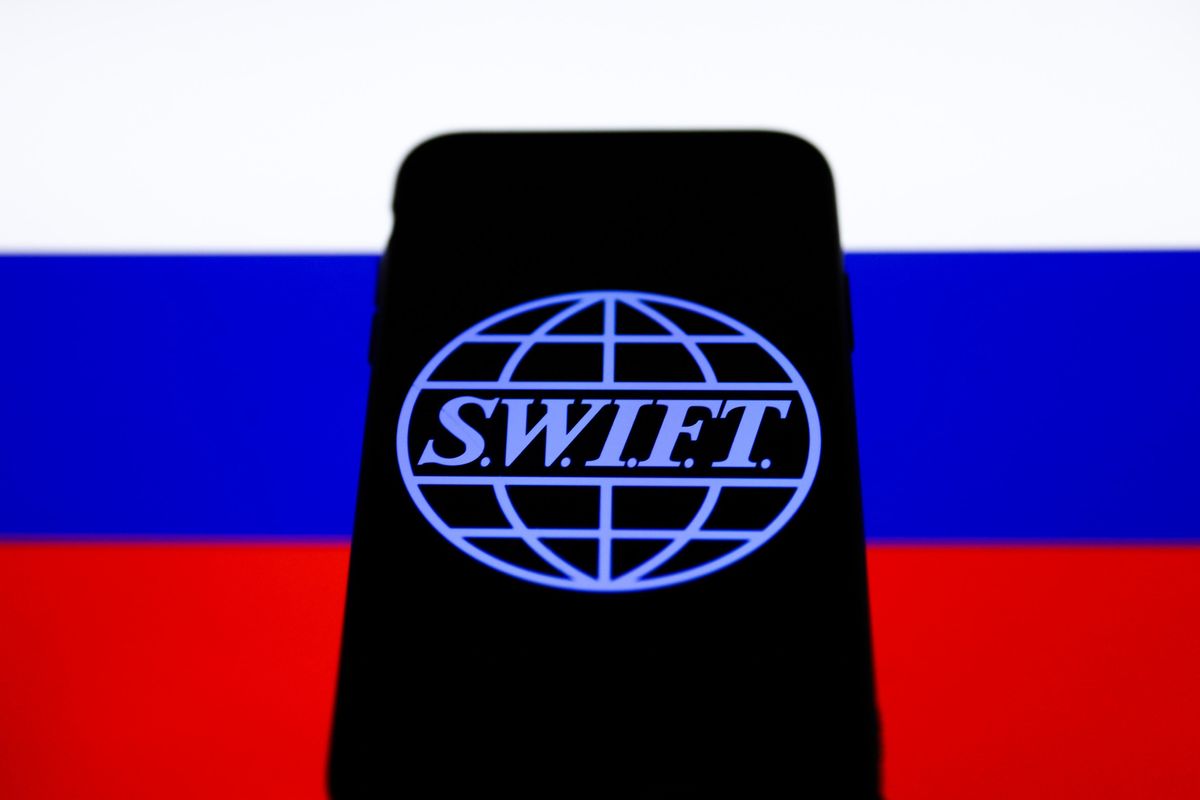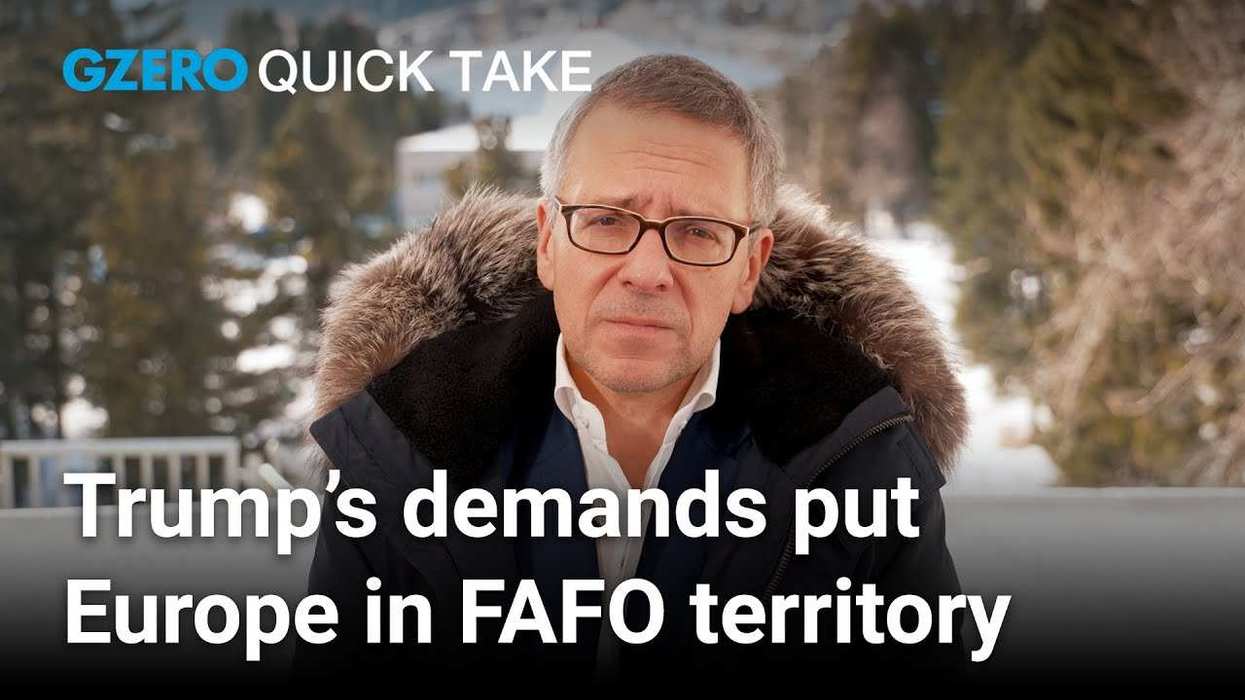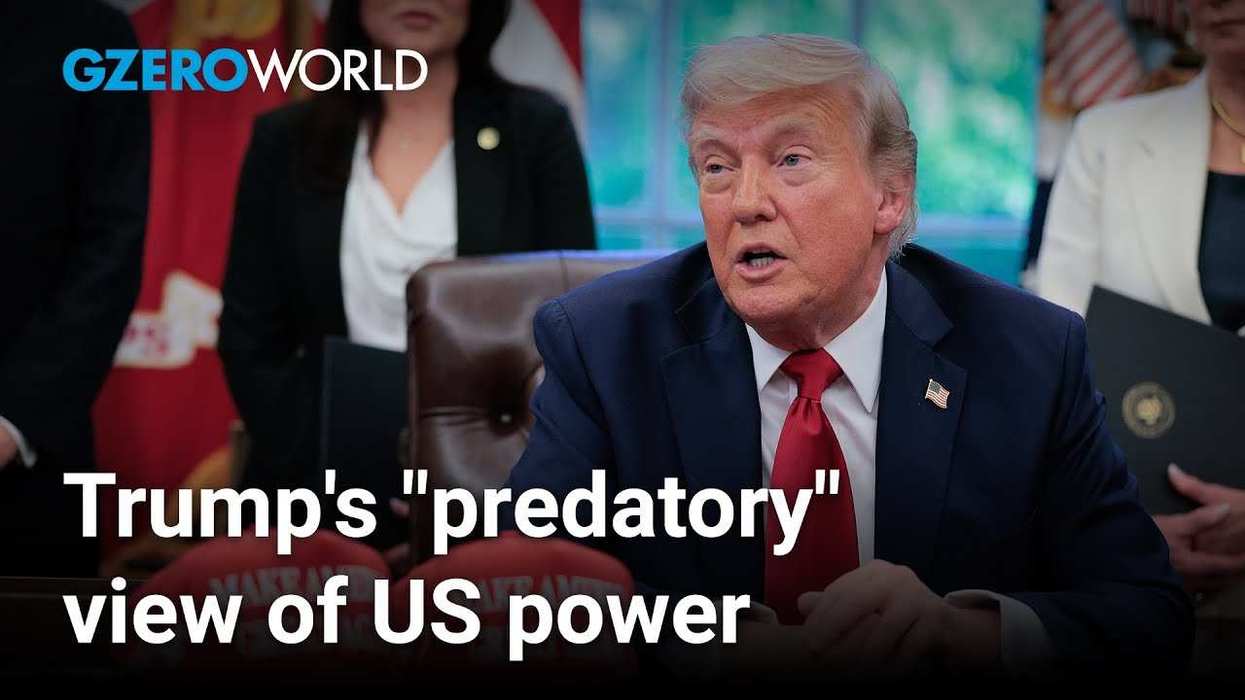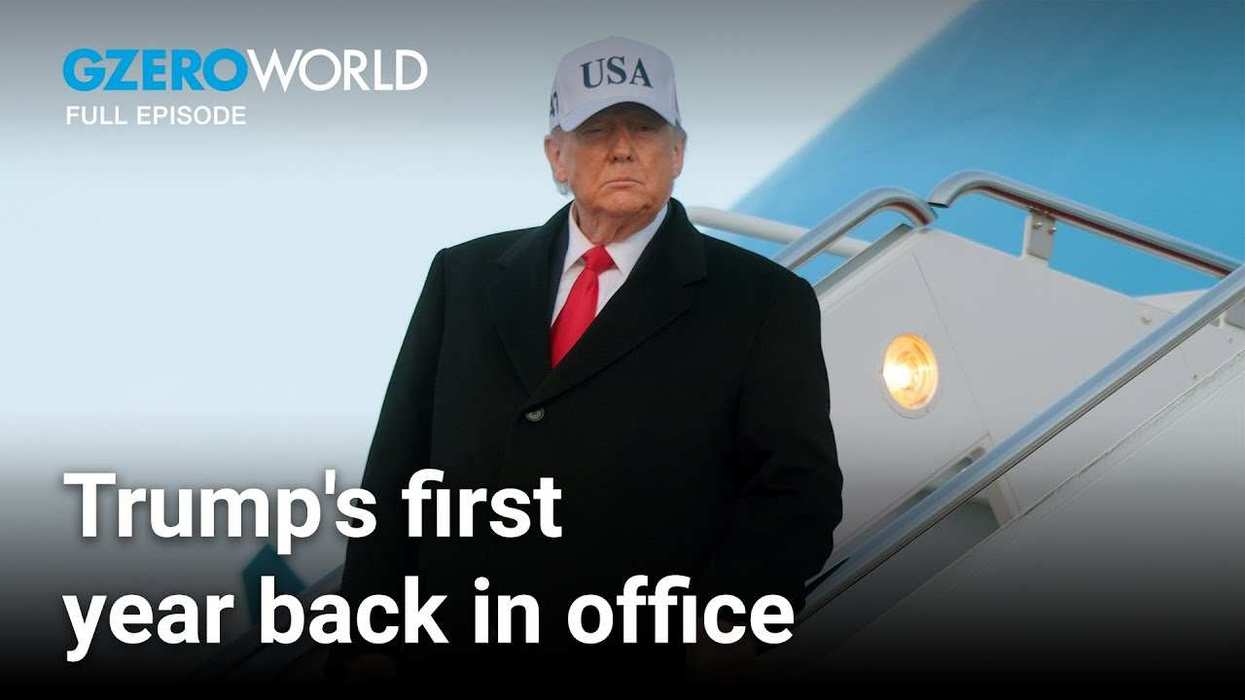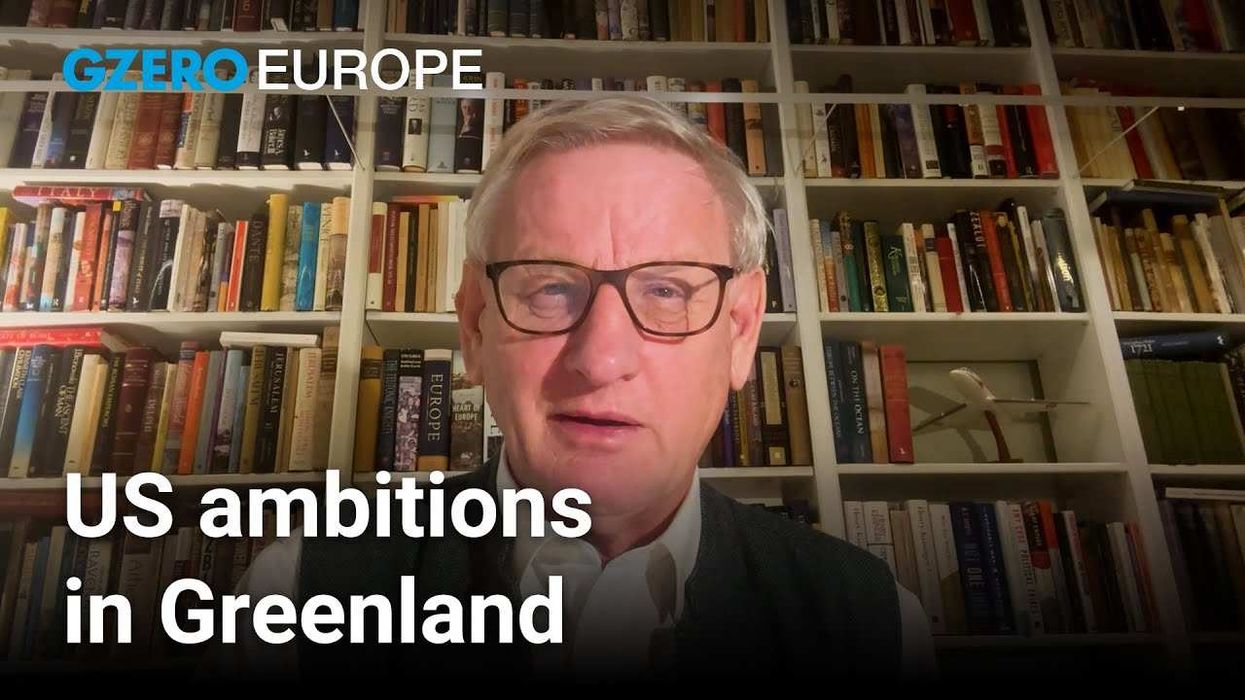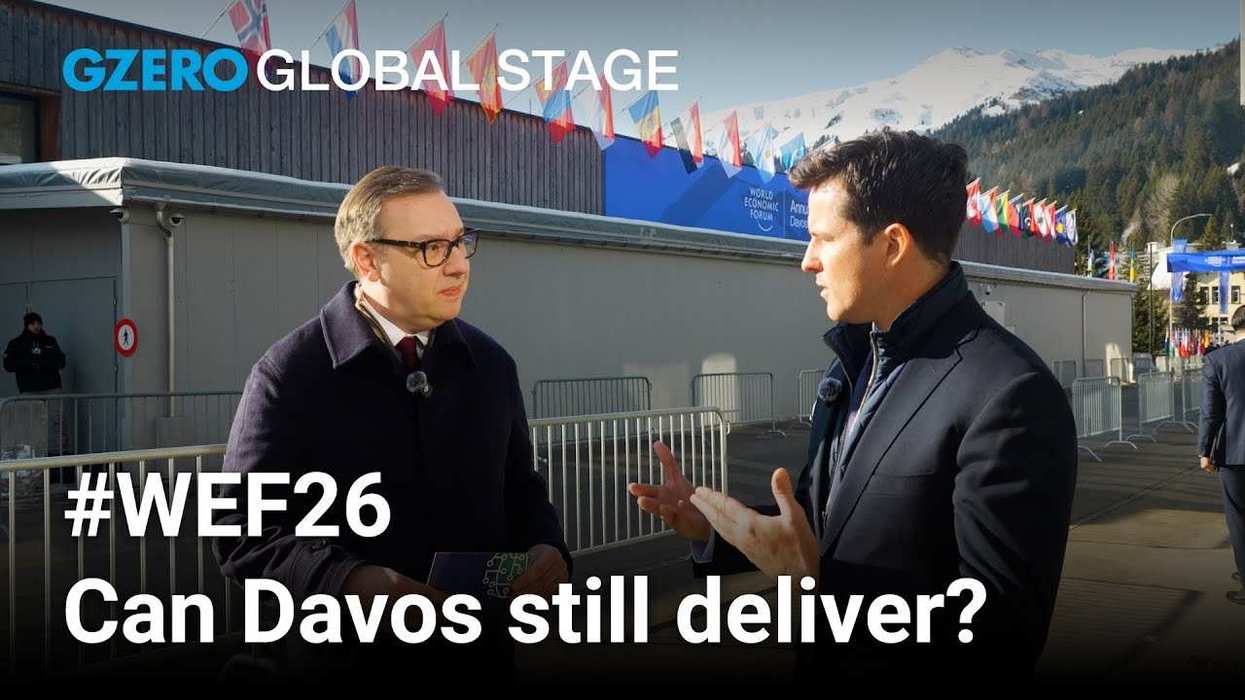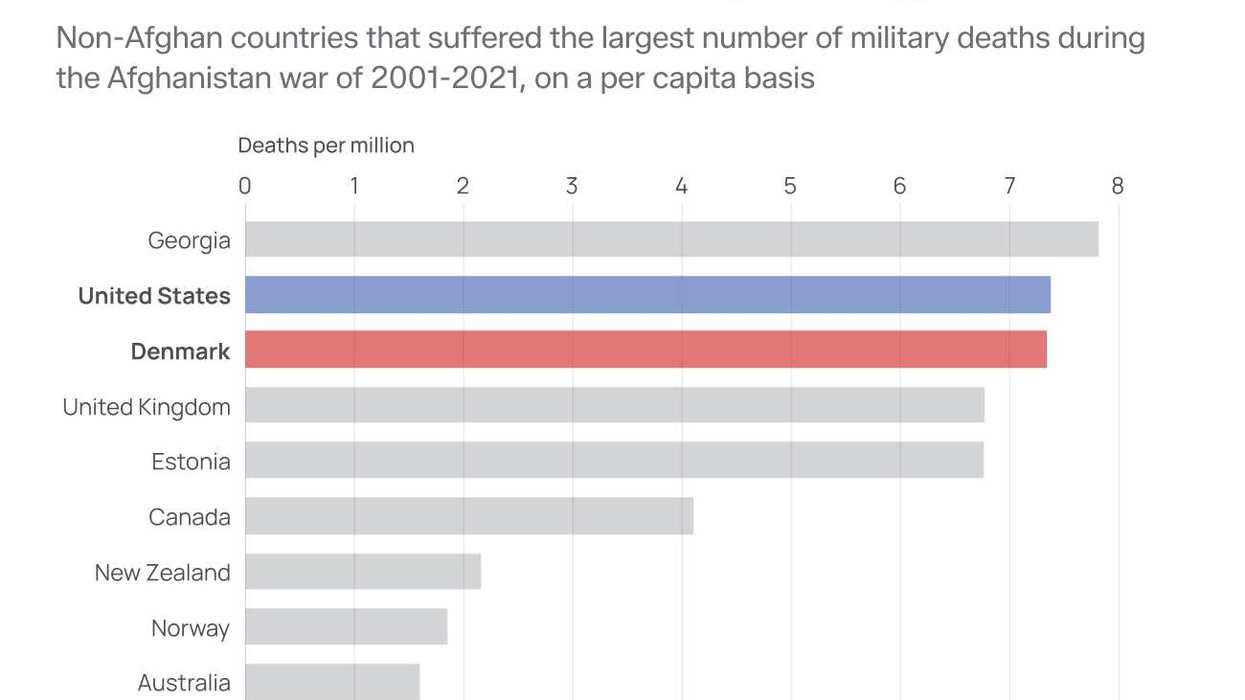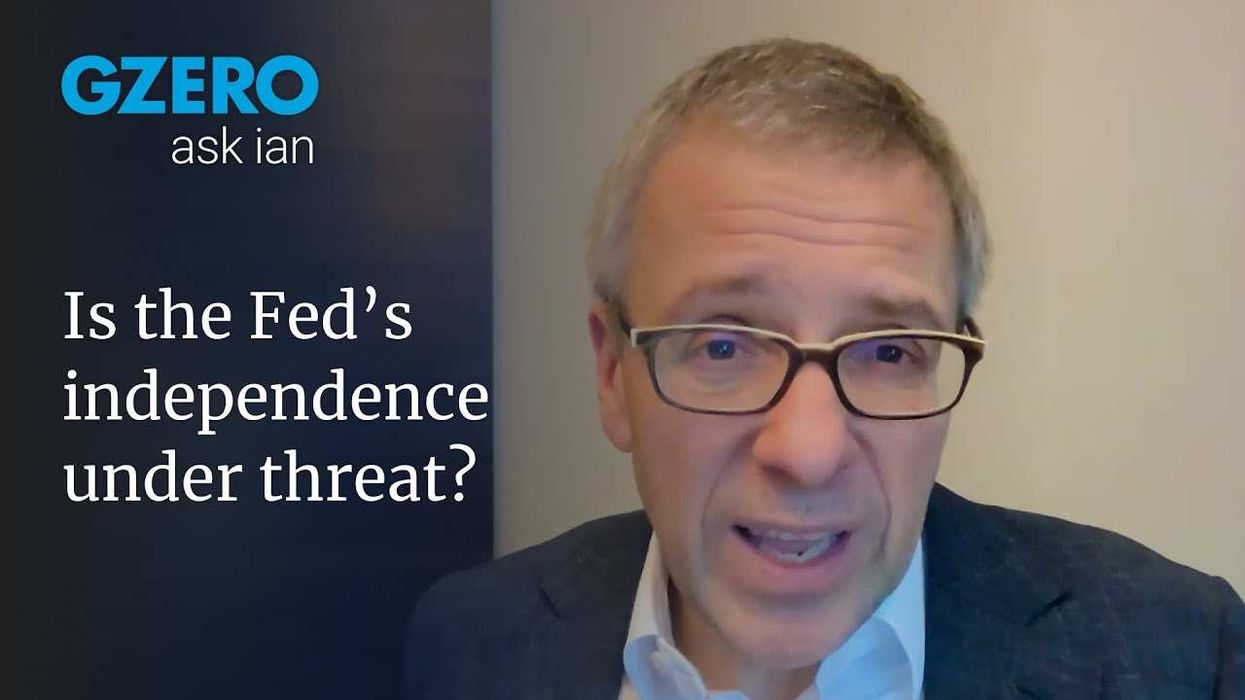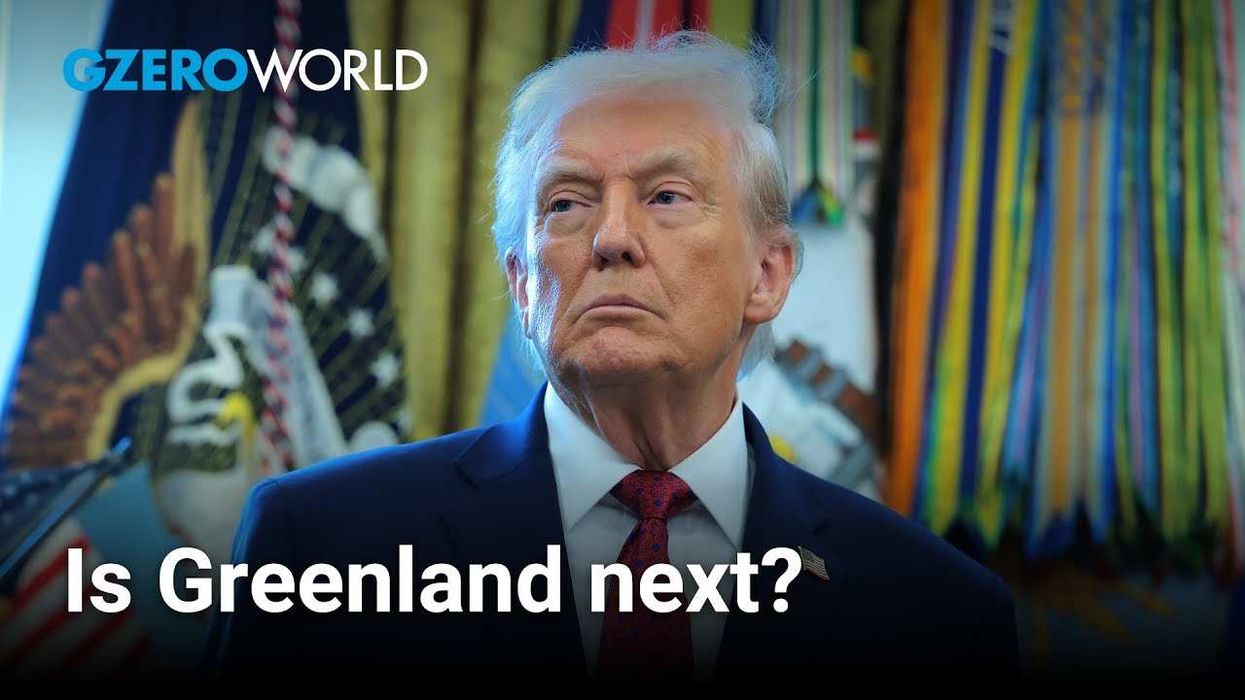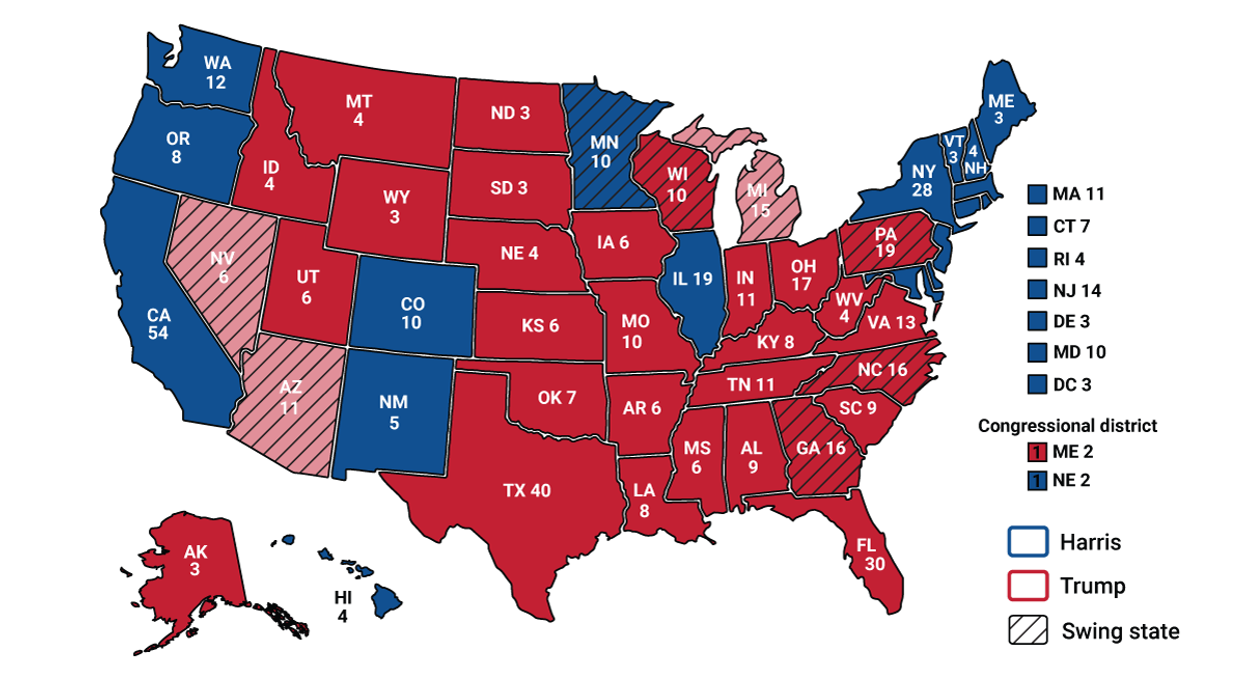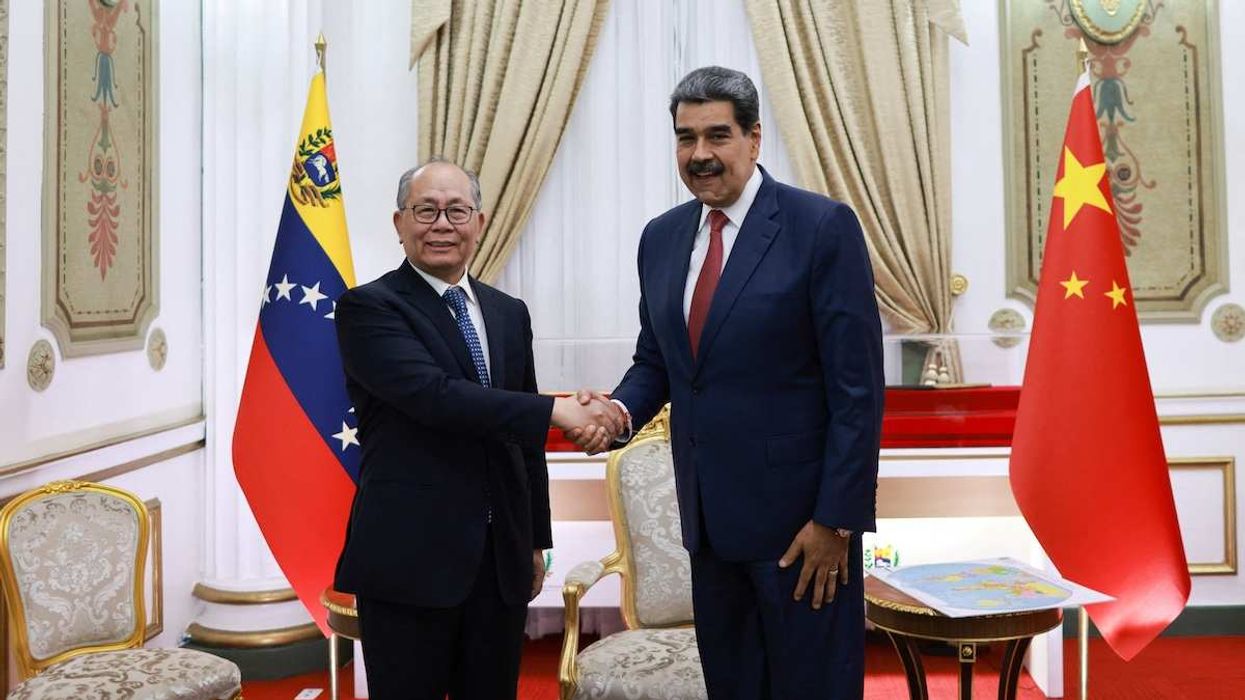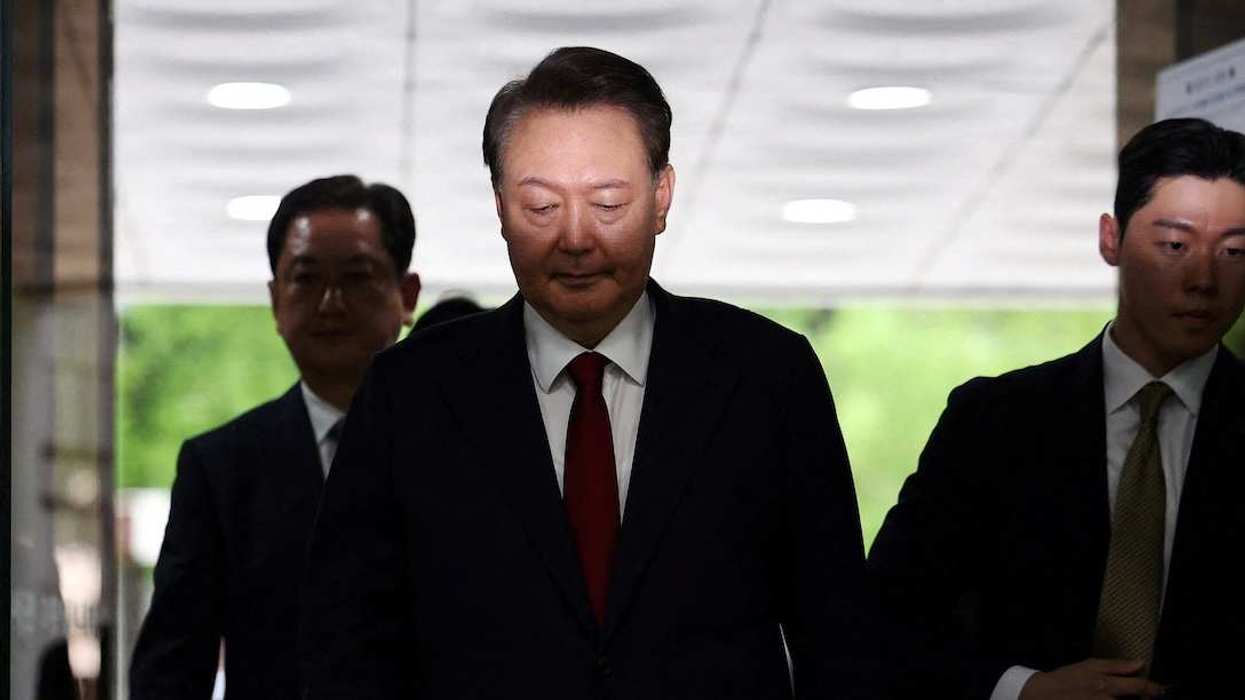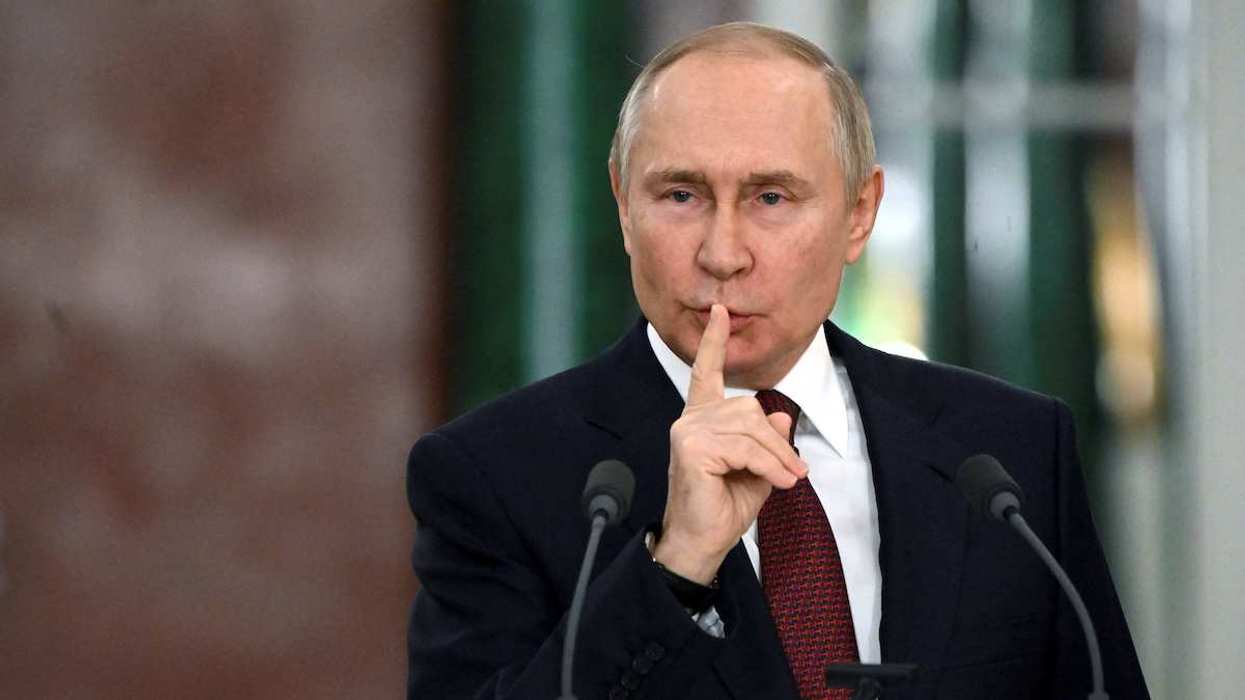You’re probably hearing and reading a lot about SWIFT these days. Those who want stronger sanctions on Russia for invading Ukraine say that the US and Europe should exclude Russia from SWIFT. Others caution against taking a step that is considered a nuclear option (economically speaking!).
So, what is it? SWIFT is the acronym for Society for Worldwide Interbank Financial Telecommunication, a global network for payments between banks. It’s sort of like a gigantic messaging system. Some 11,000 banks, in just about every country in the world, use SWIFT to facilitate money transfers across borders. The system processes roughly 42 million transactions a day.
Who owns SWIFT? The system is run out of Belgium, under the direction of two dozen national central banks, including the US Federal Reserve and the European Central Bank. Its 25-member board of directors currently has a Russian rep. But the Americans are the most influential member country, which in the past has allowed the US to exclude hostile nations like Cuba, Myanmar, North Korea, and Iran.
What happens if Russia is kicked out? It would swing a wrecking ball through the Russian economy and financial system, making it almost impossible for Russians and Russian companies to do electronic business with banks or companies in other countries. Former Finance Minister Alexei Kudrin once estimated that losing access to SWIFT alone would cause Russian GDP to shrink 5%. Crucially, losing SWIFT access could complicate Russia’s ability to take payment for natural gas shipments to Europe. Virtually overnight, the Kremlin would lose its largest gas consumer, and the Europeans would lose their largest source of energy imports. (This is why some Europeans are skittish about booting Russia from SWIFT.)
Does Vladimir Putin have an alternative? Yes, sort of. Russia has its own financial electronic payments system called SFPS. The problem is that SFPS — established in 2014, when the Kremlin feared expulsion from SWIFT for annexing Crimea — has few users and even fewer foreign members. The Russians have been in talks with the Chinese to set up another SWIFT-alternative network, but the project is still at a very early stage.